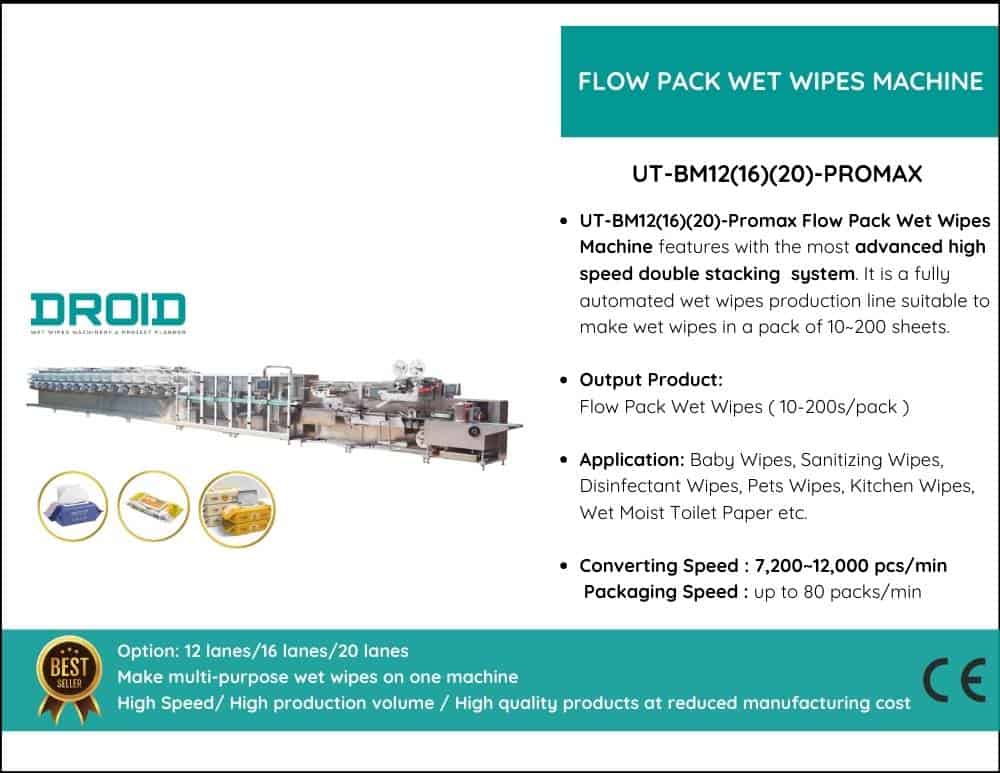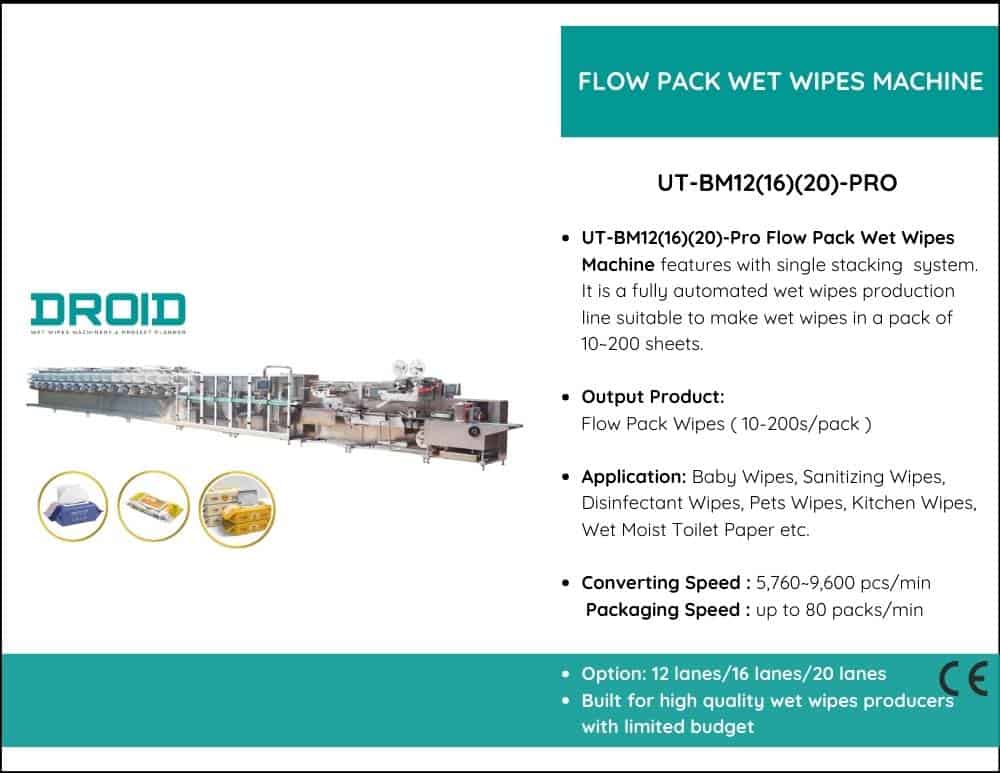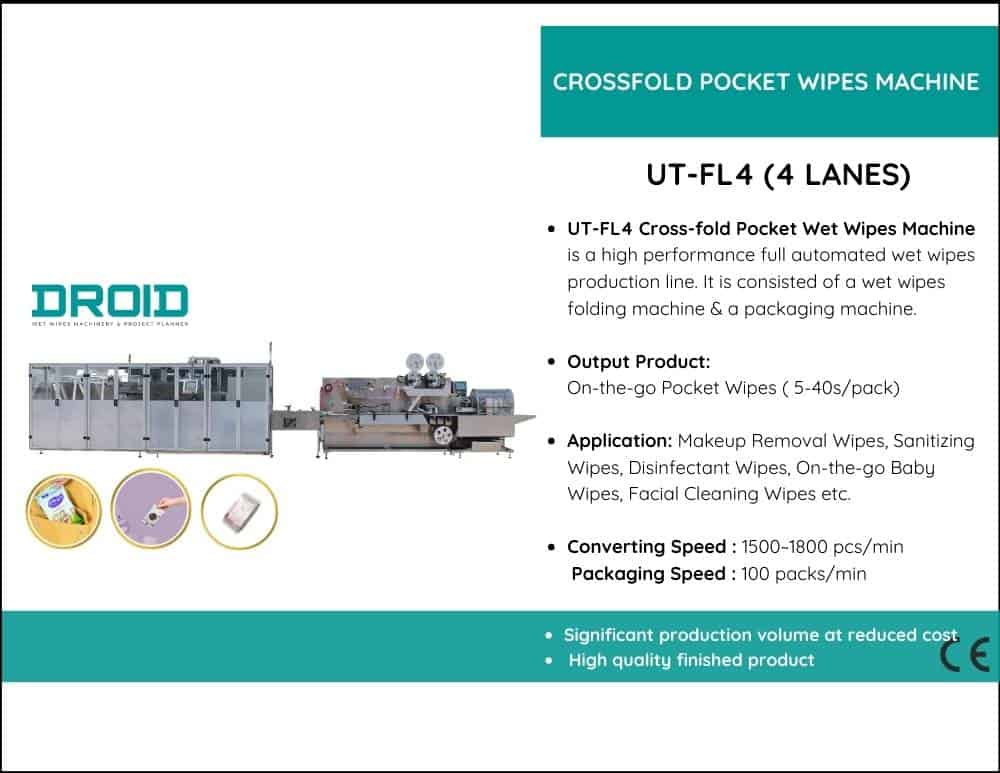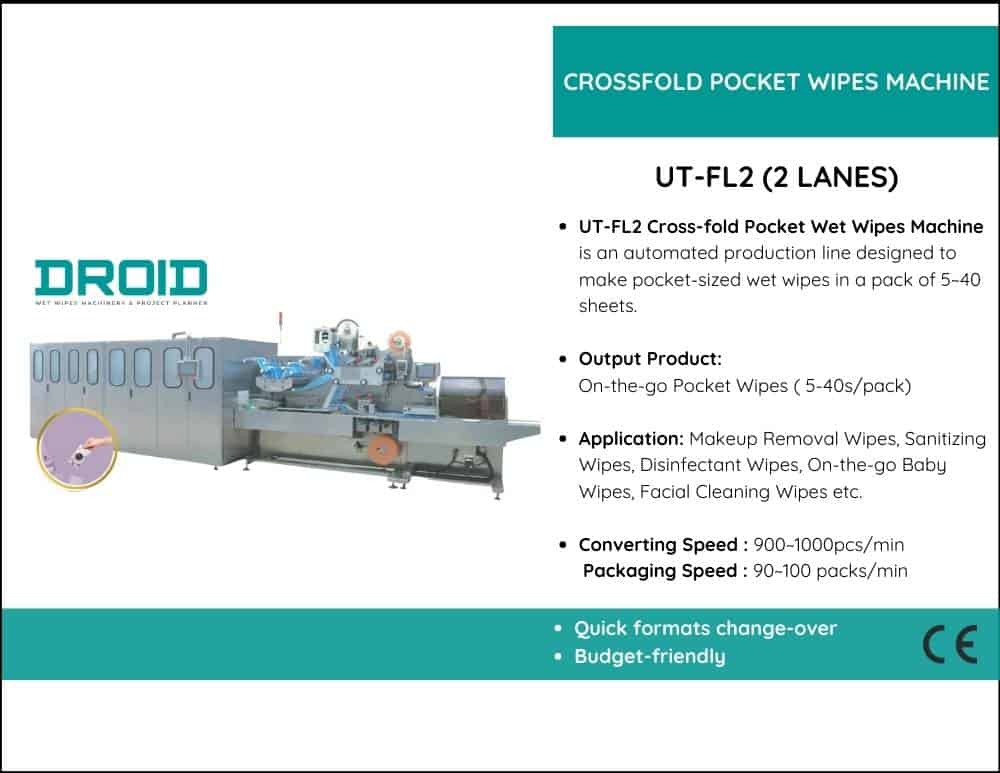Due to customer demands for sustainable, convenient, and hygienic products, the wet wipes business has seen significant advancements in packaging. To increase the lifetime, usability, and environmental impact of their products, wet wipe manufacturers are continually investigating novel materials and technologies. In addition to improving the user experience, these developments support changing market trends and international sustainability objectives.
Intelligent Moisture-Lock Mechanism
Moisture-lock technology, which keeps wet wipes from drying out, is one of the most significant advancements in wet wipes packaging. Conventional packing often caused moisture loss, rendering the wipes useless in the end. To preserve moisture levels for more extended periods, modern packaging solutions include enhanced resealable closures, vacuum-sealing methods, and airtight seals. Nowadays, some container designs include double-sealing systems that ensure the wipes stay fresh even if one layer is not closed completely. This technique has increased product life, decreased waste, and boosted customer trust.
Easy-to-use Dispensing Devices
The creation of sophisticated dispensing technologies that increase usability is another significant advancement in wet wipes packaging. Many conventional wet wipe packets have issues with shredding the wipes during retrieval or releasing multiple wipes at once. Single-sheet dispensing devices, which ensure that only one wipe is removed at a time, are becoming a common element in new package designs. This reduces waste and enhances user convenience, particularly in areas such as personal hygiene, infant care, and healthcare supplies.
Additionally, wet wipe manufacturers have included ergonomic pull-tabs that enable one-handed use, flip-top lids, and pop-up dispensers, allowing for easy use whether cleaning surfaces, tending to babies, or sanitising hands while on the move. These designs are made to accommodate busy customers who want fast and straightforward access to wipes.
Eco-friendly and sustainable packaging
The wet wipes industry has been aggressively developing environmentally friendly packaging options in response to growing concerns about plastic waste and environmental sustainability. Nowadays, many companies are using packaging materials that are recyclable, compostable, and biodegradable. Paper-based packaging with water-resistant coatings, bio-plastic film derived from plants, and recyclable plastic pouches are examples of innovations.
Another development is the decrease in surplus packing materials, as businesses create lightweight, small boxes using fewer raw materials. Instead of constantly purchasing fresh single-use packets, some firms are now offering refillable wet wipe containers, allowing customers to buy bulk refills. In addition to reducing waste, this change also lowers manufacturing costs and attracts eco-conscious consumers.
Packaging that is Hygienic and Antimicrobial
Safety and hygiene have taken precedence, particularly in the wake of the COVID-19 epidemic. Antimicrobial coatings are a recent development in packaging that helps stop bacteria and germs from spreading over the packaging surface. These coatings, which are impregnated with antibacterial chemicals or silver-ion technology, maintain the package’s exterior hygiene and prevent microbiological infection.
Additionally, some companies have reduced the necessity for direct interaction by using touchless packaging. These designs reduce the risk of cross-contamination by incorporating motion-activated apertures or self-sealing dispensers. For disinfection wipes used in restaurants, hospitals, and other high-traffic settings, this type of packaging is highly advantageous.
Multipurpose and Adaptable Packaging
Another significant advancement in wet wipes packaging is customisation. Nowadays, companies provide customised package designs to meet the various demands of their customers. Some wet wipe packs, for example, include modular sections that allow customers to keep several types of wipes (such as baby wipes, cleaning wipes, and makeup removal wipes) in one bag.
Multi-use packaging, in which a single package can be used for multiple purposes, has also become increasingly popular. For instance, some container designs feature integrated spray nozzles that allow users to rehydrate dehydrated wipes, thereby increasing their usefulness. When removing a wipe from other packs, consumers can regulate the quantity of moisture discharged through adjustable dispensing apertures.
Intelligent and Networked Packaging
A notable trend is the increasing incorporation of innovative technology into the packaging of wet wipes. To provide consumers with more product characteristics, use guidelines, and sustainability information, several businesses are increasingly including RFID labels, NFC tags, and QR codes in their packaging. By providing consumers with access to company websites, loyalty programs, and even product lifecycle tracking, these digital elements enhance customer engagement.
Moisture sensors, another innovation in innovative packaging, notify consumers when the wipes are ready to dry, promoting prompt rehydration or resealing. To enhance moisture retention, several firms are now experimenting with self-sealing packets, which shut automatically when a wipe is administered.
The wet wipes market is still in development, and packaging is crucial for enhancing the efficacy, sustainability, and cleanliness of the products. Wet wipes are evolving in their use due to innovations such as moisture-lock technology, eco-friendly materials, sophisticated dispensing systems, antimicrobial coatings, and clever packaging. As technology advances, we can anticipate increasingly innovative packaging options that meet contemporary consumer demands and environmental objectives. These developments support a more efficient and sustainable industry, while also enhancing convenience and cleanliness.








